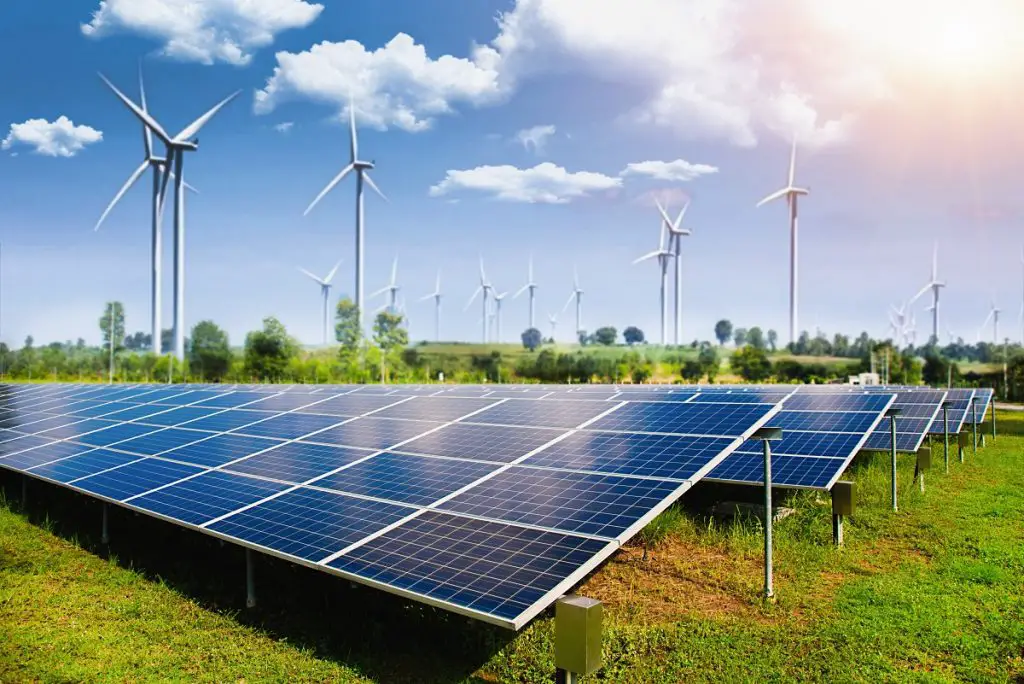Sub–Saharan Africa (SSA) remains power-deprived limiting productivity due to the inadequate electricity connections affecting many not on the national grids.
As such, the region offers immense investment opportunities in the power generation sector with mini-grids being the most favourable since a huge population in this area remains locked out of national coverage.
According to the International Finance Corporation (IFC), SSA is still lagging behind despite access to electricity improving globally in the emerging markets.
Read: Cameroon’s ambitious goal to increase electricity coverage, reduce outages
As with other statistics on Africa falling behind in terms of development, the 2019 Tracking SDG 7: Energy Progress Report showed that 573 million people lacked electricity in 2017 with 68 per cent of these in Africa.
By the end of this decade, the World Bank estimates that 90 per cent of the global population without access to electricity will be concentrated in SSA. To address this challenge, mini-grids could be the answer since these little power generation systems offer big possibilities to investors. Kenya is the only country in SSA that has made remarkable progress towards expanding access to electricity.
As of 2016, renewable energy accounted for 17.5 per cent of the total global energy consumption. The Energy Progress Report notes that substantial increase of renewable energy is needed if energy systems are to become affordable, reliable, sustainable and focusing on modern needs and uses.
The World Bank notes that mini-grid systems can connect consumers at a much lower rate than it would cost extending the national grid to rural communities. Already, mini-grid companies including Rafiki Power, Powerhive, Husk Power, Powergen, SteamaCo and PowerCorner are operating in Africa forming a common platform to speed up private investment in the sector.
Africa’s economic powerhouse, Nigeria, is planning to commission completed mini-grid projects under the Rural Electrification Agency (REA). The country whose population is hitting almost 200 million has more than 83 million people unable to access modern electricity.
Moreover, even those who can access the power suffer from chronic under-supply which ends up in frequent load-shedding and power outages. This lack of access to electricity directly affects livelihoods, while it also lowers the quality of life and hampers socio-economic development. To ensure that the country has access to electricity, the Rural Electrification Fund’s Call 1 under REA is ongoing.
Also read: Green Mini-Grid Programme to light 3 DRC cities
Under this call, 12 mini-grid projects producing between 30kw and 100kw are underway. The projects will produce a total capacity of 1016kw and provide over 5,528 connections across the six geopolitical zones in Nigeria.
How mini-grids work
The IFC notes that most modern mini-grids are usually powered by solar panels combined with battery storage and a local distribution system. These grids supply power to homes, small businesses, and industry especially in areas where the national grids have not reached the communities.
With decreasing mini-grid component costs such as solar and battery storage technologies, solar mini-grid solutions are becoming more economically viable.
In addition to Kenya and Nigeria, Ethiopia is among many other African governments embracing the mini-grids as part of their national electrification plans; this adoption complements the main grid extensions and the small home solar systems.
To make the adoption of mini-grids easier on the continent, stakeholders have formed the Africa Mini-grid Developer Association (AMDA) for a united front in pushing for the adoption of the systems.
The International Energy Agency (IEA)’s projections portend that mini-grids and stand-alone off-grid systems will play key roles in providing electricity to many rural areas in SSA. As many as 140 million of the 315 million rural Africans expected to gain access to electricity by 2040 will be served by mini-grids, according to IEA. This feat will be achieved by having 100,000–200,000 mini-grids.
The energy agency notes that AMDA has a pivotal role advocating and pushing for enabling policies and regulations to allow the easier roll-out of these mini-grid facilities.
SSA remains the region with the largest access deficit where 573 million people lack access to electricity. This means that one in two people in the region do not have access to electricity. The most affected countries include Burundi, Chad, Malawi, the Democratic Republic of Congo and Niger which had the lowest electrification rates as of 2017.
2015 and 2017 were the best years when more people than in any other time got connected to electricity. Had the momentum been sustained, it would have been easier to have universal electricity access by 2030.
However, according to the report, connecting the last unserved populations may be more challenging than has been in the past. This is because many of these populations live in remote areas or in overburdened cities.
Globally, 650 million people are projected to likely remain without access to electricity in 2030 with nine out of 10 such people living in Sub-Saharan Africa.
With such an enormous opportunity, the mini-grid systems could become the one mega project which could see millions of Africans in the SSA region see light.
